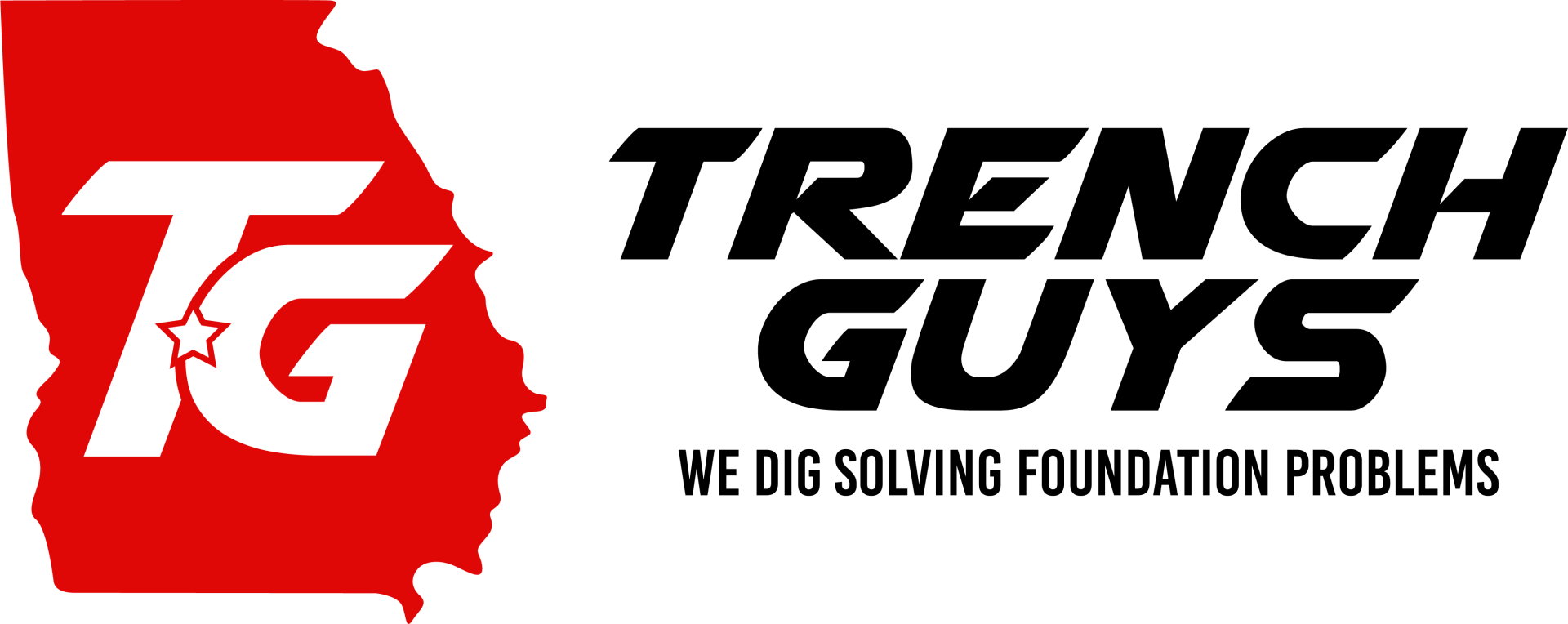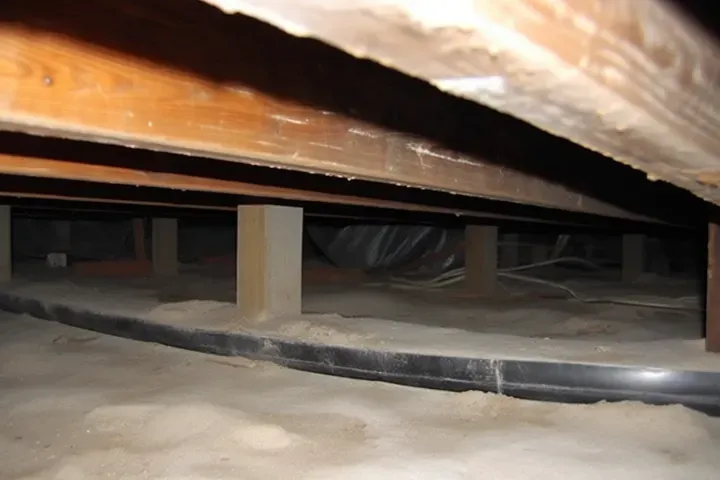Welcome to our in-depth exploration of an often-overlooked yet vital aspect of home maintenance – the health of your crawl space. This hidden area beneath your home, while not always visible, plays a pivotal role in the overall well-being of your living space. In this blog, we delve into the importance of maintaining a healthy crawl space, underscoring how it impacts the structural integrity, air quality, and energy efficiency of your home.
The crawl space, often out of sight, can harbor a range of issues from moisture buildup and mold growth to pest infestations and structural decay. These problems, if left unchecked, can lead to significant damage, not only compromising the safety and stability of your home but also potentially affecting the health
of its inhabitants. Understanding the critical nature of a well-maintained crawl space is the first step towards ensuring a safe and healthy home environment.
Furthermore, we introduce the invaluable role of crawl space repair specialists in this equation. These experts are equipped with the knowledge, tools, and experience necessary to diagnose and resolve common crawl space issues effectively. Whether it's addressing moisture problems, repairing structural damage, or implementing preventative measures, crawl space repair specialists provide essential services that go beyond the capabilities of typical DIY solutions.
Join us as we navigate the complexities of crawl space maintenance, from identifying early signs of trouble to understanding when and why to call in the professionals. This blog aims to provide you with comprehensive insights into maintaining your crawl space's health, ultimately contributing to the longevity and safety of your home.
Recognizing Signs That Require Specialist Attention
Crawl spaces, often hidden and ignored, can develop serious issues that, if not addressed by a specialist, can lead to major problems for your home. This section of our blog is dedicated to helping homeowners identify signs of serious crawl space issues that necessitate professional intervention and understanding the risks associated with these problems.
Identifying Serious Crawl Space Issues
Some crawl space issues go beyond the scope of routine maintenance and require the expertise of a specialist. Here are major signs to look out for:
- Significant Water Damage: This includes ongoing issues with standing water, frequent flooding, or extensive water stains and damage to the foundation or structural components.
- Structural Issues: Visible sagging or bowing of floors, cracks in foundation walls, or deteriorating support beams and joists are clear indicators of structural problems that need expert assessment and repair.
- Persistent Mold and Mildew: While small patches of mold can often be handled with DIY methods, widespread or recurring mold and mildew growth, especially in hard-to-reach areas, requires professional remediation.
- Pest Infestations: Evidence of ongoing pest problems, such as termite damage, rodent nests, or extensive insect infestations, can indicate serious underlying issues.
- Bad Odors and Poor Air Quality: Persistent musty or foul odors emanating from the crawl space can be a sign of hidden mold, rot, or other serious issues affecting indoor air quality.
Understanding the Risks
Ignoring these serious crawl space issues can have significant consequences for your home:
- Compromised Structural Integrity: Structural issues can lead to major safety hazards, including the risk of floor or wall collapse.
- Health Concerns: Mold and poor air quality can lead to respiratory problems and other health issues for the home's inhabitants.
- Increased Repair Costs: Delaying specialist intervention can lead to worsening conditions, resulting in more extensive and costly repairs.
- Reduced Home Value: Ongoing crawl space problems can significantly decrease the value of your home and make it difficult to sell.
- Energy Inefficiency: Issues like poor insulation and ventilation can lead to higher energy bills and reduced comfort levels in the home.
Recognizing and addressing these serious crawl space issues promptly with the help of a specialist is crucial to maintaining the safety, health, and value of your home.
The Expertise of Crawl Space Specialists
Crawl space specialists are crucial in diagnosing and resolving complex issues beneath your home. Their expertise extends beyond basic home repairs, offering specialized skills and tools tailored to the unique challenges of crawl spaces. This section of our blog delves into the qualifications and skills of these professionals and the advanced tools and techniques they employ.
Qualifications and Skills
Crawl space specialists possess a unique set of qualifications and skills that enable them to effectively address a range of issues:
- Specialized Training: These professionals undergo specialized training in areas like moisture control, structural repair, and mold remediation, equipping them with the knowledge to tackle complex crawl space problems.
- Experience with Various Conditions: Their experience spans various crawl space conditions, from dampness and mold to structural damage and pest infestations.
- Understanding of Building Science: Specialists have a deep understanding of building science, including how moisture, air flow, and building materials interact in crawl spaces.
- Problem-Solving Skills: They are adept at diagnosing complex issues and devising effective solutions that address both the symptoms and the root causes of crawl space problems.
- Safety Training: Safety is paramount in crawl space work, and these experts are trained in navigating the potential hazards of confined spaces, including dealing with toxic mold or unstable structures.
Tools and Techniques Used
Crawl space specialists employ a range of advanced tools and methods to effectively address issues:
- Moisture Meters and Hygrometers: These tools are used to accurately measure moisture levels and humidity, helping to pinpoint areas of concern.
- Advanced Sealing Materials: From vapor barriers to specialized sealants, they use high-quality materials to effectively waterproof and insulate crawl spaces.
- Structural Repair Tools: This includes hydraulic jacks and custom-fabricated supports for repairing and reinforcing damaged structures.
- Mold Remediation Equipment: Specialists use professional-grade air scrubbers, HEPA vacuums, and antimicrobial treatments to safely and effectively remove mold.
- Ventilation Systems: They install advanced ventilation systems to regulate air flow and moisture, preventing future issues.
The expertise of crawl space specialists is invaluable in ensuring the health and stability of your home. Their specialized skills, combined with the use of advanced tools and techniques, make them indispensable for effectively resolving crawl space issues.
Addressing Moisture and Water Damage
Moisture and water damage in your home, particularly in crawl spaces, can lead to significant problems if not addressed properly. Professional waterproofing solutions and mold remediation techniques are essential in tackling these issues effectively. This section of our blog will explore the various professional solutions available for waterproofing and mold remediation, ensuring your home remains safe and dry.
Professional Waterproofing Solutions
Professional waterproofing is key to preventing water damage and moisture issues in your home. Here are some effective solutions:
- Sump Pump Installation: A sump pump is a crucial tool in preventing water accumulation, especially in areas prone to flooding or with high water tables. Professionals can install and maintain sump pumps to ensure they operate efficiently, keeping your crawl space dry.
- Vapor Barrier Application: Vapor barriers are essential in preventing moisture from the ground from entering your crawl space. Specialists can install high-quality, durable vapor barriers that cover the floor and possibly the walls of your crawl space, effectively blocking moisture.
- Drainage Solutions: Proper drainage systems, both inside and outside the crawl space, are vital. Professionals can install interior drainage systems and improve exterior drainage to redirect water away from your home’s foundation.
- Encapsulation: This involves completely sealing the crawl space with heavy-duty moisture barriers. Encapsulation is a comprehensive solution that not only prevents moisture but also improves air quality and energy efficiency.
- Dehumidification Systems: Installing a dehumidifier in the crawl space can help control humidity levels, preventing condensation and moisture buildup.
Mold Remediation Techniques
Mold resulting from moisture and water damage can pose health risks and deteriorate building materials. Professional mold remediation involves:
- Assessment and Inspection: Specialists begin with a thorough inspection to assess the extent of mold growth and identify moisture sources.
- Containment: To prevent the spread of mold spores, the affected area is contained using physical barriers and negative air pressure.
- Mold Removal: Professionals use advanced techniques and products to remove mold from surfaces. This may involve HEPA vacuuming, antimicrobial treatments, and the removal of mold-infested materials.
- Air Filtration: High-efficiency air filters and scrubbers are used to clean the air of mold spores and other contaminants.
- Moisture Control: Post-remediation, it’s crucial to address the underlying moisture issues to prevent mold recurrence. This may involve repairs, waterproofing, or dehumidification solutions.
- Restoration: Finally, any damaged materials are repaired or replaced, restoring your crawl space to a safe and healthy condition.
Professional waterproofing and mold remediation are critical in effectively managing moisture and water damage, ensuring the long-term health and safety of your home.
Structural Repair and Reinforcement
The structural integrity of your home is foundational to its safety and longevity. Addressing issues like foundation cracks and weaknesses, as well as repairing damaged joists and beams, are critical aspects of home maintenance. This section of our blog will explore the techniques used by specialists to repair and reinforce these essential elements of your home's structure.
Fixing Foundation Cracks and Weaknesses
The foundation is the bedrock of your home, and any damage to it should be addressed promptly and effectively. Here are techniques specialists use to repair and reinforce foundations:
- Epoxy Injections: For minor cracks, epoxy injections are often used. This method fills the crack completely and bonds the concrete, effectively restoring the foundation's strength.
- Underpinning: In cases of more significant damage or settling, underpinning may be necessary. This process involves extending the foundation in depth or breadth to redistribute the weight of the house onto more stable soil.
- Piering: This method involves driving steel pipe pilings to remedy sinking foundations. It's particularly effective in stabilizing homes built on unstable soil.
- Slabjacking: For sunken concrete slabs, slabjacking can lift the concrete back to its original position by pumping a mixture of soil, cement, and other additives beneath the slab.
- Waterproofing: Often, foundation problems are related to water issues. Proper waterproofing can prevent further damage from water and moisture.
Joist and Beam Repair
Joists and beams are crucial for maintaining the structural integrity of your home. Here are approaches for addressing damaged or weakened structural elements:
- Sistering: This involves attaching a new joist or beam alongside the damaged one, effectively doubling the strength of the structural element.
- Reinforcing with Steel: In some cases, steel plates or braces can be used to reinforce weakened wood beams or joists.
- Replacing Damaged Wood: Sometimes, the best solution is to completely remove and replace the damaged wood. This is often necessary in cases of severe rot or termite damage.
- Using Jacks for Temporary Support: While permanent repairs are being made, hydraulic jacks can be used to temporarily support areas where joists or beams are weakened.
- Addressing Underlying Causes: It's crucial to address the underlying causes of damage, such as moisture issues or pest infestations, to prevent future problems.
Structural repair and reinforcement are complex processes that often require the expertise of specialists. By employing these techniques, professionals can ensure that your home remains safe, stable, and structurally sound.
Improving Air Quality and Ventilation
Maintaining good air quality and proper ventilation in your crawl space is essential for the health of your home and its inhabitants. Poor air quality in the crawl space can lead to a range of issues, from mold growth to the infiltration of harmful gases into living spaces. This section of our blog will explore how specialists can enhance crawl space ventilation and address the presence of radon and other harmful gases.
Ventilation System Upgrades
Upgrading the ventilation system in your crawl space is a key step in improving air quality. Here’s how specialists can enhance ventilation:
- Installing Crawl Space Vents: Adding or upgrading vents can significantly improve air circulation, reducing moisture and preventing mold growth.
- Vent Fans: In some cases, passive ventilation isn't sufficient. Installing vent fans can actively circulate air, especially in larger or more enclosed crawl spaces.
- Vapor Barriers: A properly installed vapor barrier can reduce moisture levels, which in turn improves air quality by preventing mold and mildew growth.
- Encapsulation: This involves completely sealing the crawl space with a heavy-duty moisture barrier. Encapsulation can greatly improve air quality by controlling humidity and preventing the ingress of outside air.
- Dehumidifiers: In areas with high humidity, installing a dehumidifier in the crawl space can help maintain optimal humidity levels, thereby improving air quality.
Addressing Radon and Other Gases
Radon and other harmful gases can accumulate in crawl spaces, posing health risks. Here are methods specialists use to mitigate these gases:
- Radon Testing and Mitigation: Specialists can conduct radon testing to determine levels in your crawl space. If radon is present, they can install mitigation systems, such as radon vents or suction systems, to reduce its concentration.
- Sealing Cracks and Openings: Sealing cracks in the foundation and around pipes can prevent radon and other soil gases from entering the crawl space.
- Proper Ventilation: Ensuring adequate ventilation helps disperse harmful gases, reducing their concentration in the crawl space and the rest of the home.
- Carbon Monoxide Detectors: Installing carbon monoxide detectors near the crawl space and in living areas can provide early warning of the presence of this dangerous gas.
- Regular Inspections: Routine inspections of heating systems, fuel-burning appliances, and the crawl space itself can help identify potential sources of harmful gases and ensure that ventilation systems are functioning properly.
Improving air quality and ventilation in your crawl space is a crucial aspect of home maintenance that impacts the overall health and safety of your living environment. By implementing these specialist-recommended upgrades and methods, homeowners can ensure that their crawl spaces are not only safe but also contribute positively to the air quality of their entire home.
FAQs
Contact Trench Guys Today!
Trench Guys will do everything we can to ensure your experience with us is excellent.
Request A FREE Estimate
Request a Free Estimate Form
Checkout Recent Post
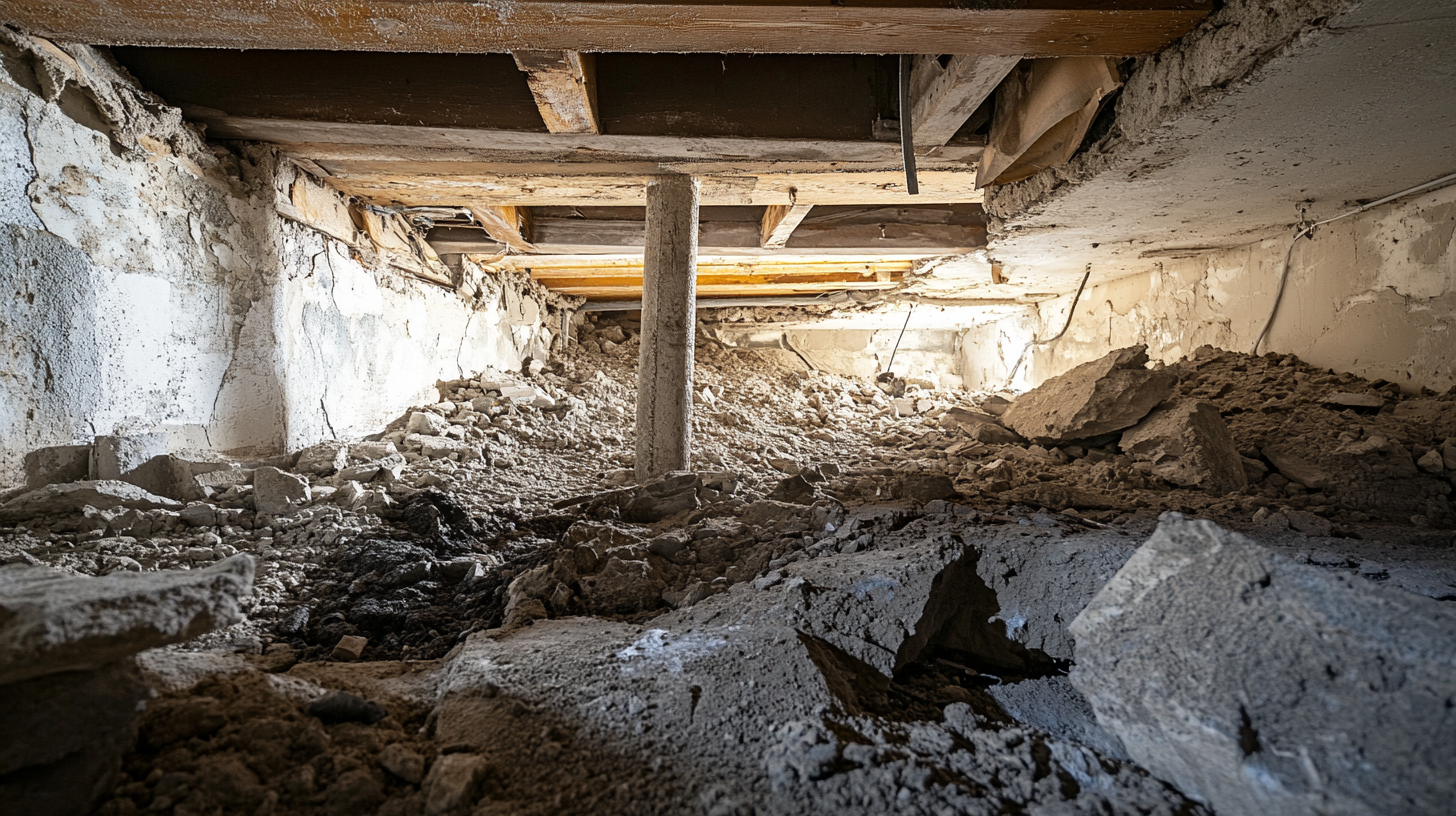
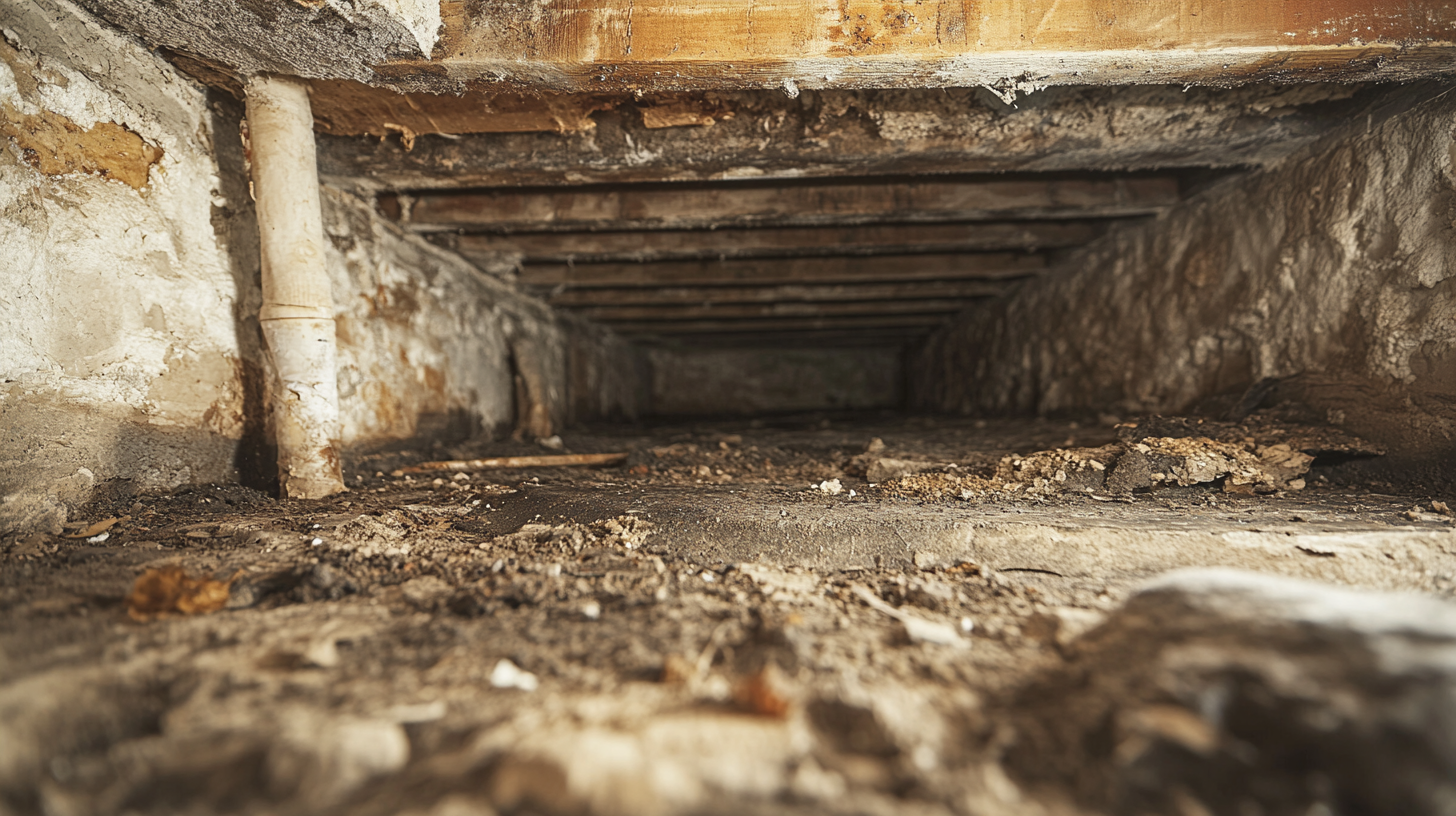
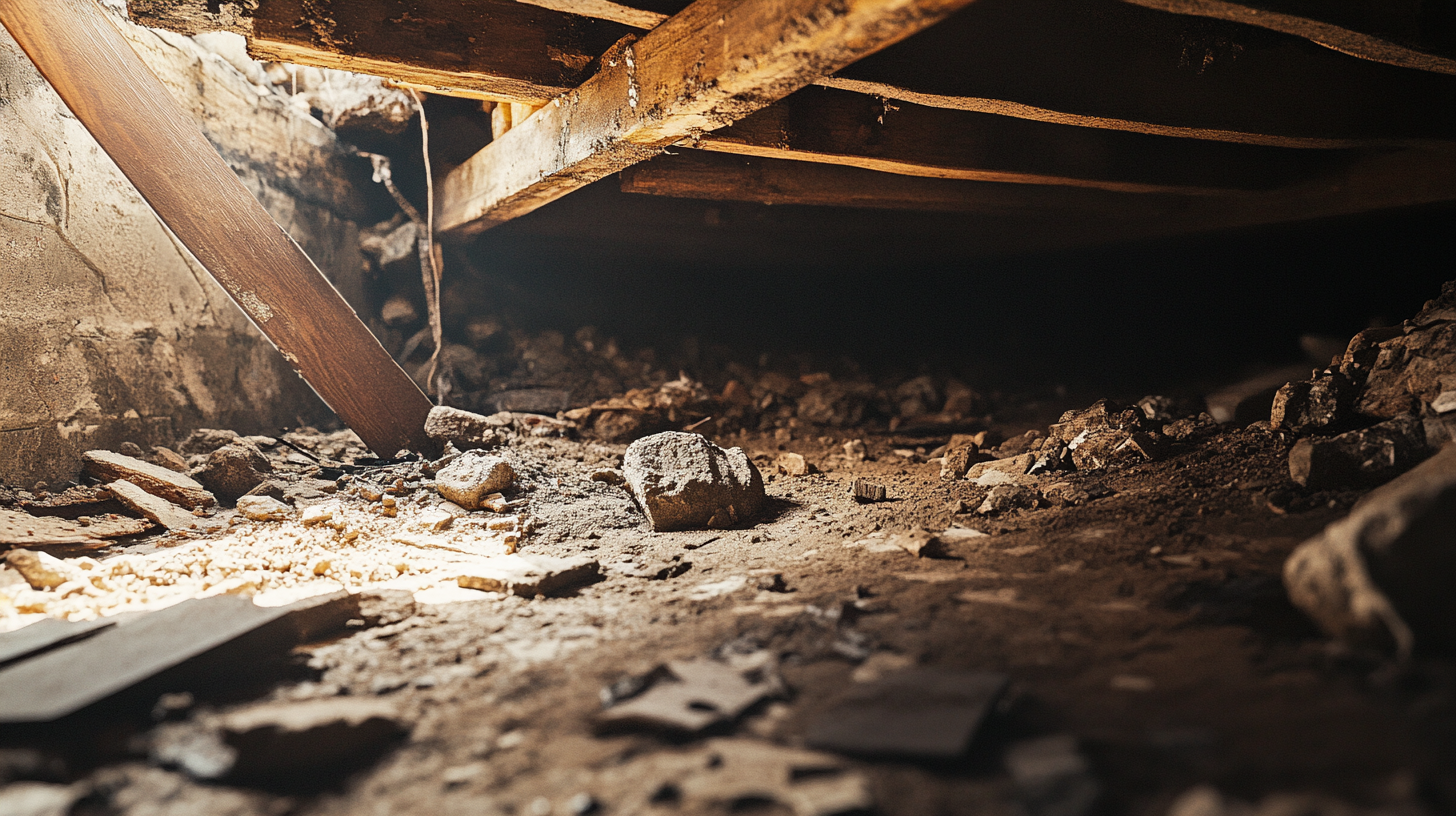
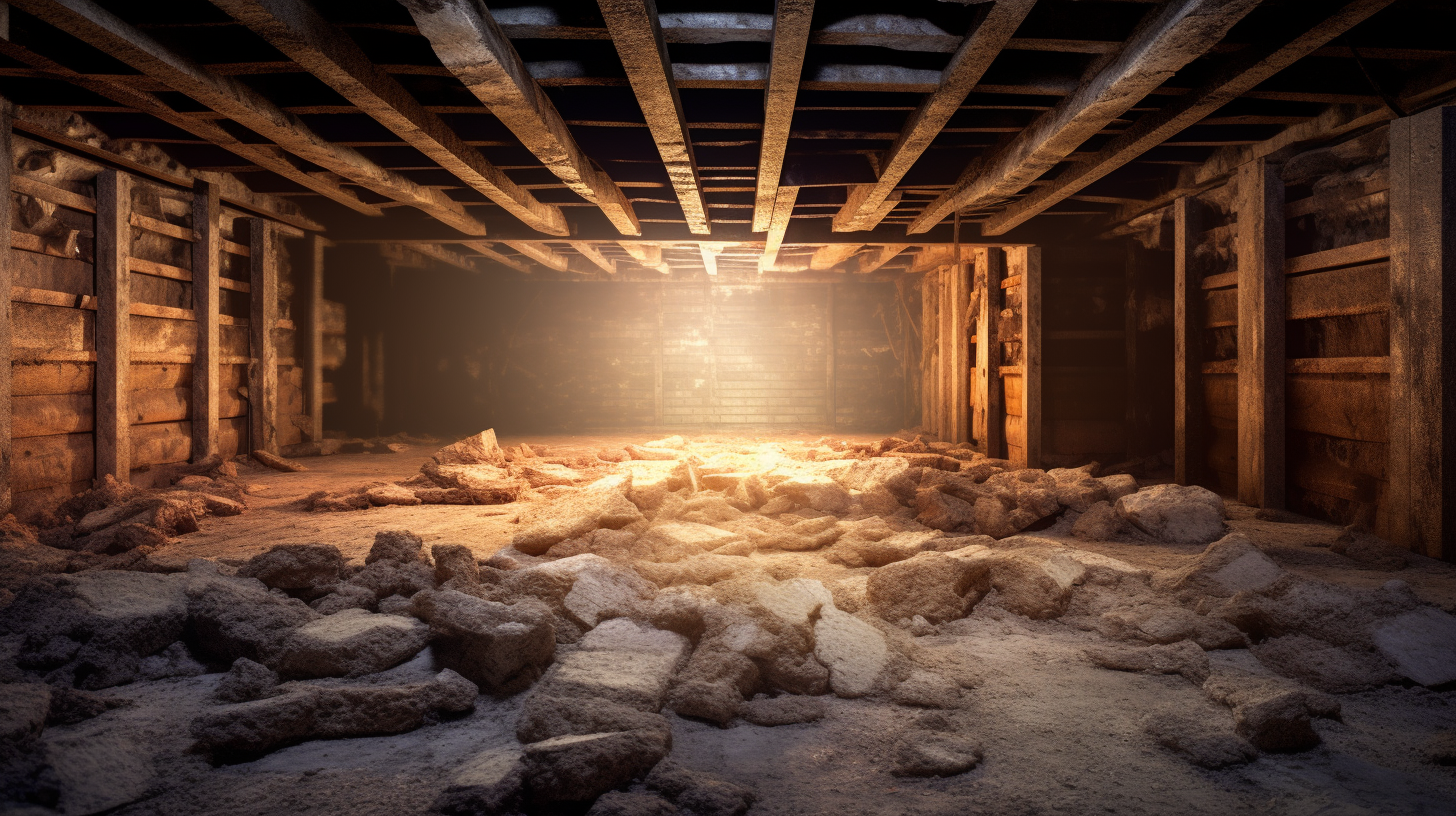
Got a Question? We’re Here to Help.
You can arrange an appointment or make an enquiry by phone or email, orget in touch to us via our contact form.
